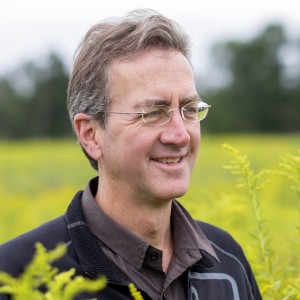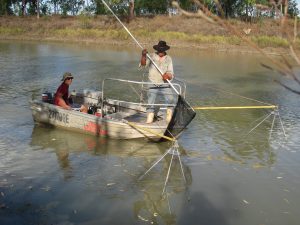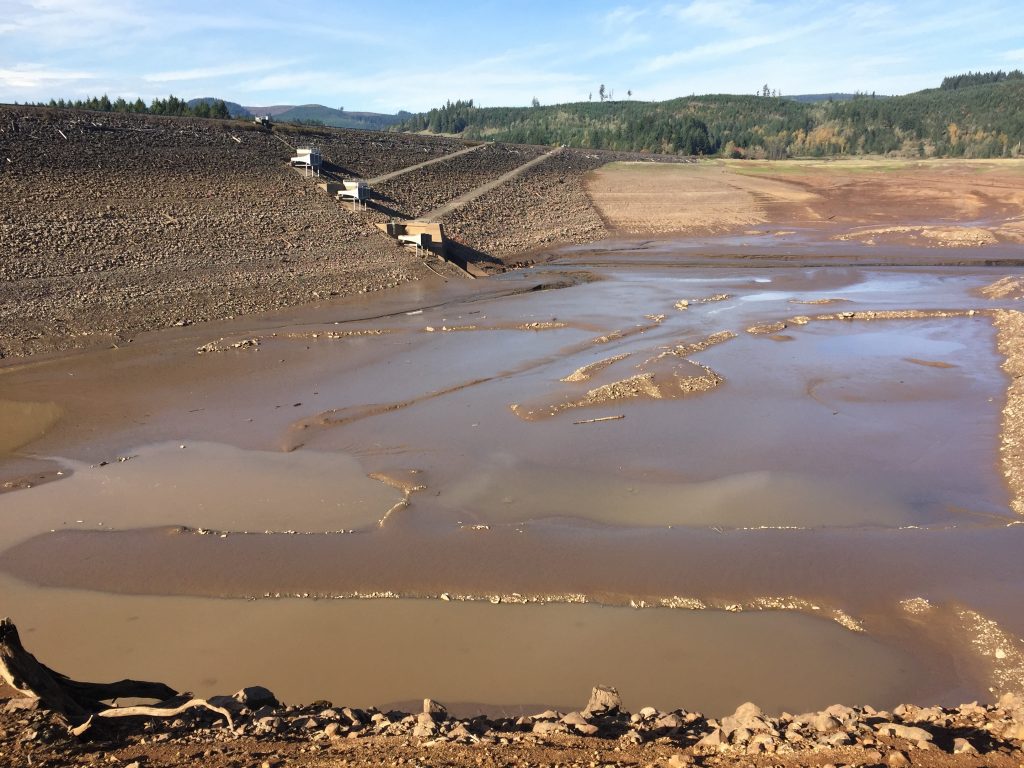This year I am doing my third sabbatical, based at Oregon State University in Corvallis. I have found that people often have an incorrect impression that a sabbatical is basically a vacation for professors. It’s not a vacation, but it is a wonderful advantage of an academic job.
The MSU Faculty Handbook explains that the purpose of a sabbatical leave is “to encourage academic and institutional revitalization by providing sustained time for research/creative activities; development of new courses or programs; acquisition of expanded and/or new qualifications and skills; contribution to academic unit plans to improve and/or refocus instructional, research, or public service activities in accordance with the mission of the University.”
A sabbatical leave can be granted every seventh year of service to the university, but a professor’s proposed plan must be approved by the administration. A properly designed sabbatical allows a professor to work on something completely different than what we do at MSU, yet aligned with our scholarship and expanding our academic experience and credentials.
Past Sabbaticals in Australia
My first two sabbatical leaves were taken in 2002 and 2008-09 at the Australian Rivers Institute in Brisbane. My wife Suzanne and son Lucas accompanied me on both of them. They both relished the experiences as much as I did.
In Australia I worked with an international team of scientists on dryland rivers in the country’s interior, and later along its tropical northern coasts. These rivers alternate between long periods of little or no flow and pulses of very high flows that inundate vast floodplains. Our task was to figure whether river flow alterations such as extraction of river water for irrigation would cause harm to the aquatic resources, including fish and wildlife that are highly valued by local people.
I had worked on tropical rivers and floodplains in South America for many years, but the Australian systems were incredibly different, not only because they were so dry most of the time, but because the people, plants and animals were also different from what I had previously encountered. I had the opportunity to work with aboriginal groups, ranchers, and local scientists. Over the 20 months I spent 16 weeks doing field work in beautiful remote places, one of my favorite things to do.
The work resulted in authorship of 15 peer-reviewed scientific publications that significantly enhanced our understanding of these Australian rivers and floodplains. The experiences gave me a broader understanding of the ecological diversity of rivers and floodplains in the world, one of my research specialties, and I benefitted from a new network of colleagues.
Current Sabbatical
I came to Oregon for my current sabbatical because I wanted to build my expertise on the environmental effects of dams on rivers. I am working with a team from the US Forest Service, the US Geological Survey, and the Army Corps of Engineers on reservoirs in the Cascade Mountains. Here salmon are of paramount importance, and dams impede their annual migrations between rivers and the sea. Our team is investigating how dams could be managed to help the salmon. Specifically, we are looking at whether reservoirs behind dams could be drained briefly in the autumn to facilitate the passage of juvenile salmon through the dam.
To test this idea, last November we drained a 150-foot deep reservoir! I monitored water quality closely during the drainage, while others measured salmon passage. It was very impressive to see the barren bottom of the reservoir gradually revealed (image below), peppered with stumps from the timber harvested in the 1950s before filling the reservoir. So far we have concluded that the water quality impacts are quite modest, and that this may be a feasible management strategy to help bolster endangered salmon populations.
In addition to that work, I have been managing affairs back at KBS thanks to the wonders of technology like email and videoconferencing. Those technologies have given me more time to spend on new global collaborations during my sabbatical. I’m working with researchers from Brazil, writing papers on Amazon dams and advising on a new research program on small hydropower in the Pantanal region. I am also working with a team from Yale and the Cary Institute of Ecosystem Studies to study how the hippopotamus affects rivers in Kenya.
So for me and everyone else in this profession, a sabbatical is not a vacation but rather a time to “make hay,” but different hay than we make the rest of the time! Hopefully we come back enriched and reinvigorated, with new lines of research and networks of collaborators.
Steve Hamilton is a KBS professor of Ecosystem Ecology & Biogeochemistry in MSU’s Department of Integrative Biology.




A legacy of conservation; a commitment to sustainability.
3700 E. Gull Lake Drive
Hickory Corners, MI 49060
(269) 671-5117
info@kbs.msu.edu